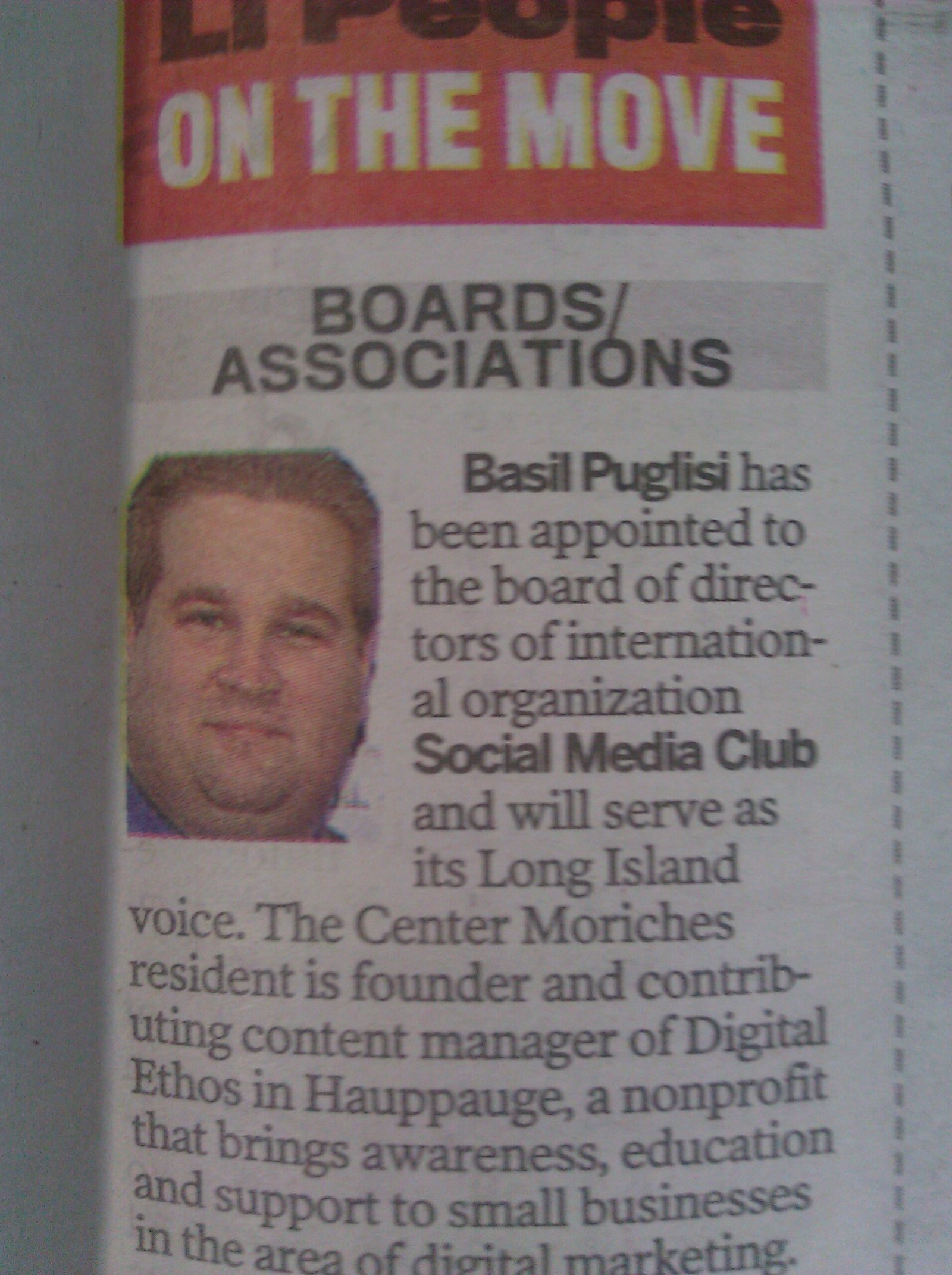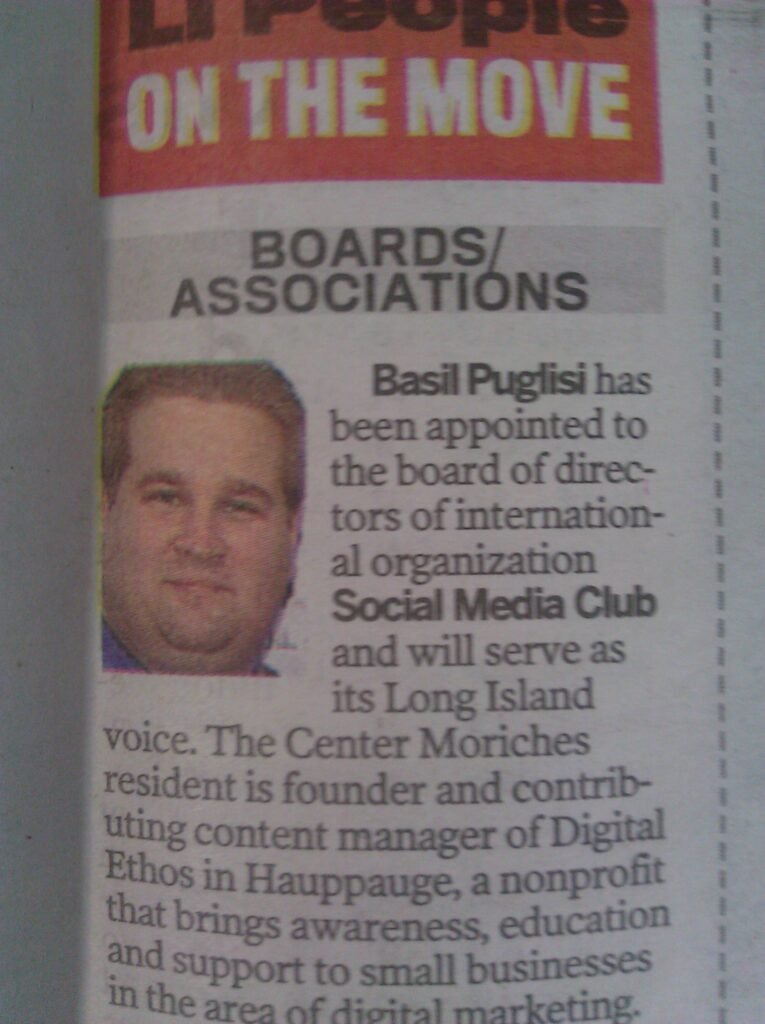Digital marketing is entering a sharper phase of evolution. In August 2017, we’re seeing a convergence of trends around video content, mobile ad performance, and user-generated content (UGC)—each reshaping how brands approach visibility, engagement, and trust. This month, Facebook, Google, Snapchat, and Adobe are all contributing to a larger narrative: performance and participation now sit at the center of strategy.
Facebook Watch: Episodic Content with Discovery Built In
Facebook officially launches Watch, a platform built for episodic content. More than just a video tab, Watch invites brands and creators to develop content series with built-in discovery tools. The interface encourages audience followings, comments, and reactions—positioning Facebook to rival YouTube and offer marketers a new route for long-form storytelling within an already engaged audience.
Google AdWords Adds Landing Page Speed: Performance Now Equals Experience
Google’s latest AdWords update includes landing page speed as a formal quality metric. This shift highlights how mobile usability is now a competitive differentiator—not just for SEO but also for paid performance. If your ad leads to a slow or poorly optimized mobile page, you’re paying more and converting less. Marketers are now forced to address load times as a conversion issue, not just a technical concern.
Snapchat Crowd Surf: Real-Time UGC Becomes a New Form of Storytelling
Snapchat’s Crowd Surf tool uses artificial intelligence to stitch together multiple user-submitted videos from live events, producing a single coherent multi-angle experience. This innovation takes user-generated content from raw material to editorial product. For brands hosting live experiences—concerts, launches, festivals—this opens a door to collaborative, immersive marketing that feels native to the platform.
Facebook Marketplace Ads: Contextual Commerce Arrives
Facebook expands ad placement to its Marketplace tab, which is already being used for local product discovery and second-hand selling. The move merges intent-based browsing with ad targeting. Unlike news feed ads, these placements happen when users are actively searching or browsing by category. It’s a sign that intent marketing is extending far beyond Google’s search box.
Adobe Leans Into UGC with Livefyre Integration
Adobe’s acquisition of Livefyre continues to unfold. The platform enables aggregation and moderation of user-generated content from across the social web. For businesses using Adobe Experience Manager, this means easier access to curated UGC for landing pages, product galleries, and campaigns. It’s a direct response to the rise in content authenticity demands from consumers.
Strategic Insight
What’s your story? Your content must now reflect speed, value, and involvement.
What do you solve? You help customers find what they want quickly and connect emotionally with your brand.
How do you do it? Through optimized mobile experiences, consistent episodic content, and tools that elevate audience participation—like UGC integration and multi-angle live video.
Why do they care? Because today’s audiences want content that’s not just fast or entertaining—they want content that feels like it includes them.
Fictional Ideas
A regional theater company uses Facebook Watch to stream behind-the-scenes mini-episodes of upcoming productions. Their landing pages, optimized for mobile, include embedded Crowd Surf-style fan reactions captured on Snapchat. Adobe’s Livefyre integration pulls in social posts with the hashtag #LocalStagePass, which appear in an interactive UGC gallery that helps new visitors connect with the community vibe—and ticket sales rise accordingly.
References
Facebook Newsroom. (2017). ‘Introducing Watch, a New Platform for Shows on Facebook’. https://about.fb.com
Google Ads Help. (2017). ‘About Landing Page Experience’. https://support.google.com/google-ads
TechCrunch. (2017). ‘Snapchat Crowd Surf Can Stitch Together Snaps Into One Concert Video’. https://techcrunch.com
Facebook Business. (2017). ‘Marketplace Ads Now Available to Advertisers’. https://www.facebook.com/business
Adobe Blog. (2017). ‘How Livefyre Helps Brands Connect with Consumers’. https://blog.adobe.com

